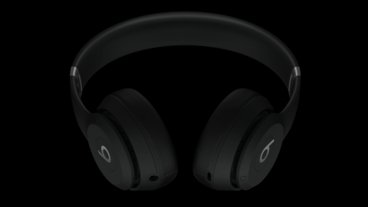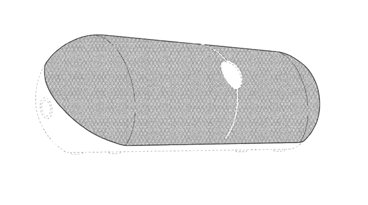Apple researching ways to make iPhone display glass thinner and stronger
Apple could make the glass on the front of an iPhone or iPad even stronger and thinner, by using a special support structure around the edge that's also made of glass.
Smartphones like the iPhone and other mobile devices use glass panels in front of the display. It has a primary job of protecting the delicate screen from impacts and scratches, while also informing part of the external design of the device itself.
With the continuing evolution of device design relying more on curved glass for the front panel, this introduces design challenges that cannot be easily conquered with existing techniques.
For example, while a perfectly flat glass sheet can be made extremely thin and light, or incorporate extra techniques to strengthen it while maintaining its thickness, curved glass panels don't have these advantages. Just by the nature of its design, curved glass could end up being quite thick at key areas, such as the sides, which may not have the desired effect for production purposes.
In a patent granted by the U.S. Patent and Trademark Office on Tuesday titled "Insert molding around glass members for portable electronic devices," Apple says you can have the same glass cover that can stick out from the rest of the enclosure like curved glass, but while also maintaining the thinness of the main glass sections across the screen.
Apple's solution is to incorporate a glass structure around the edge of where the glass cover will sit. This glass section acts as an intermediary between the main enclosure and the thin glass cover.
The glass structure could have a lip on the outside edge surrounding where the glass cover will be placed. Adhesive would be placed into the lip, followed by the glass cover itself.
In effect, Apple's glass structure creates the proud section of the entire glass cover, complete with the strength and thickness required for the component. Meanwhile, the glass cover can be made from a different glass material with varying properties to maximize its own strength and thinness.
For example, Apple could create glass with a Ceramic Shield glass coating to harden the main glass cover while keeping it thin, but use completely different glass for the edging.
To sell the effect that it's one piece of glass, Apple suggests the glass structure could be molded adjacent to the glass cover, in order to form a "gapless interface." If done right, there should not be a visible join between the cover and structure.
It is also proposed the support structure could have additional molded members incorporated into it, which could assist with fitting the glass cover perfectly .
The patent lists its inventors as David Pakula, Stephen Brian Lynch, Richard Hung Minh Dinh, Tang Yew Tan, and Lee Hua Tan. It was originally filed on January 13, 2020.
Apple files numerous patent applications on a weekly basis, but while the existence of a patent indicates areas of interest for Apple's research and development efforts, they don't guarantee the idea will appear in a future product or service.
Apple has explored many different ways to incorporate glass into its products, and the idea of using a glass surround isn't entirely new. In 2014, a patent filing for a "Ceramic cover for electronic device housing" appears to be similar in concept, except it introduces extra attachment members and divots to hold the cover in place, instead of adhesive and a gapless design.
Patents have also been files for ideas including an all-glass iPhone with a wrap-around touchscreen, tubular glass enclosures, and how to use glass with foldable iPhones. Apple has also considered using large sheets of glass to create an all-glass iMac.
Stay on top of all Apple news right from your HomePod. Say, "Hey, Siri, play AppleInsider," and you'll get latest AppleInsider Podcast. Or ask your HomePod mini for "AppleInsider Daily" instead and you'll hear a fast update direct from our news team. And, if you're interested in Apple-centric home automation, say "Hey, Siri, play HomeKit Insider," and you'll be listening to our newest specialized podcast in moments.
 Malcolm Owen
Malcolm Owen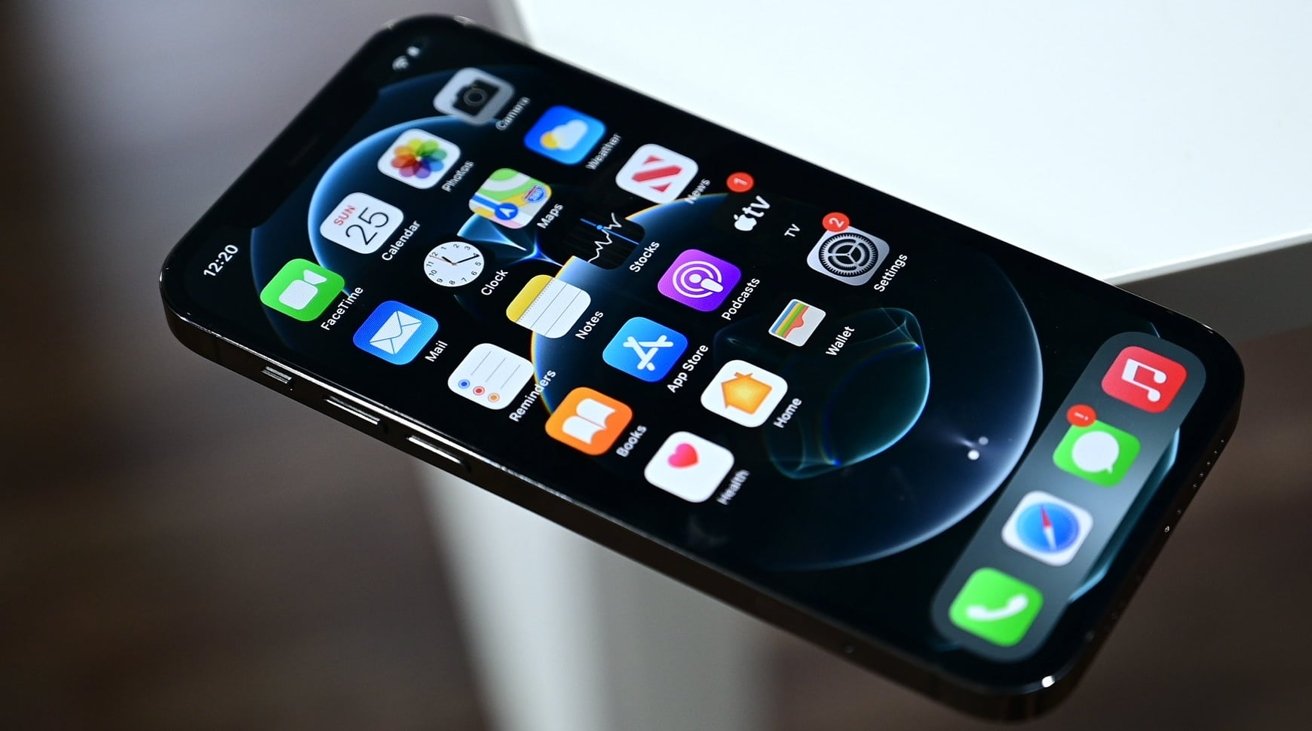
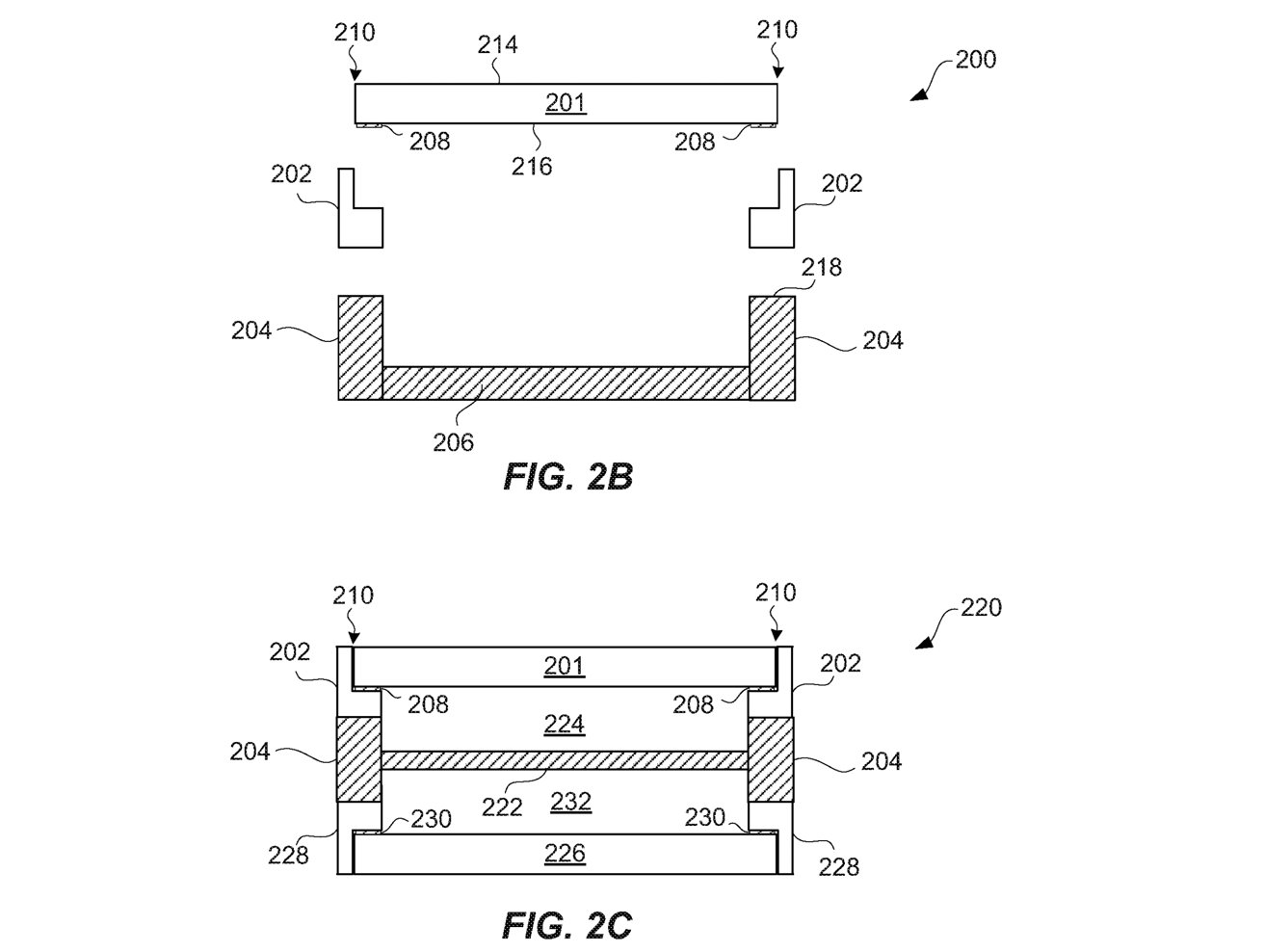
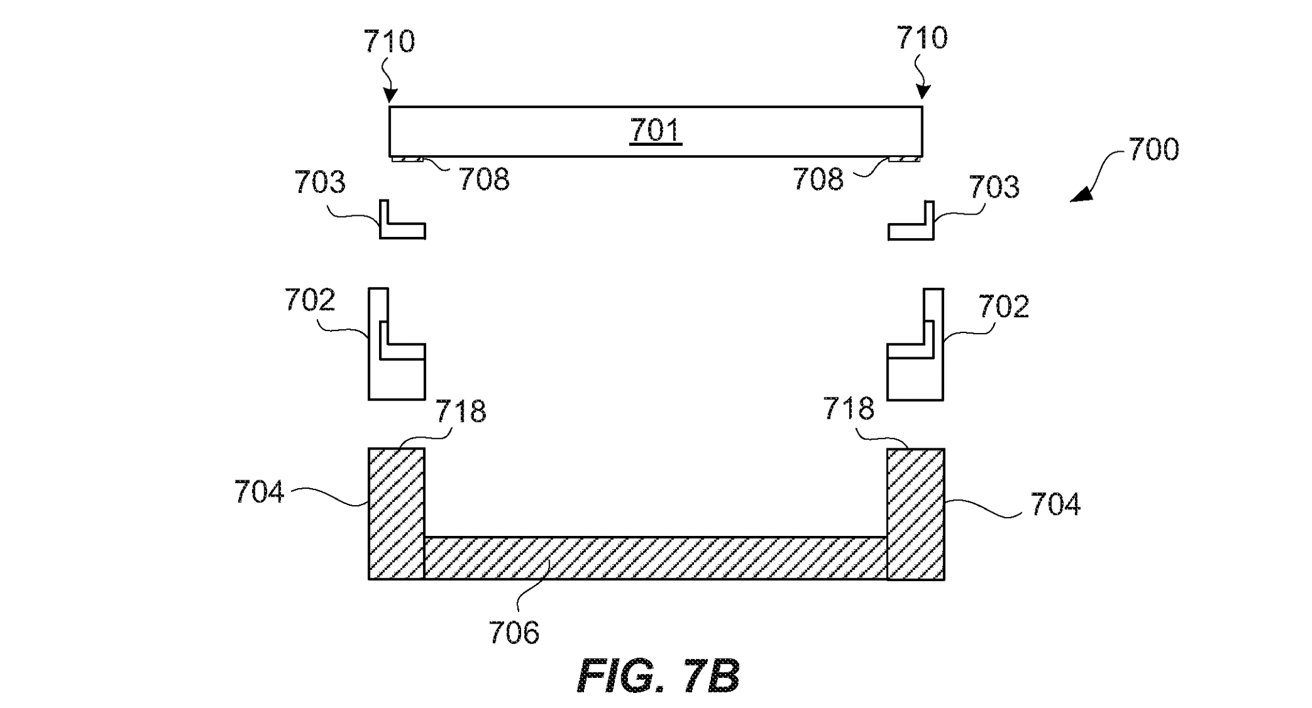











 Marko Zivkovic
Marko Zivkovic
 Amber Neely
Amber Neely
 Christine McKee
Christine McKee

 Mike Wuerthele and Malcolm Owen
Mike Wuerthele and Malcolm Owen

 William Gallagher
William Gallagher
